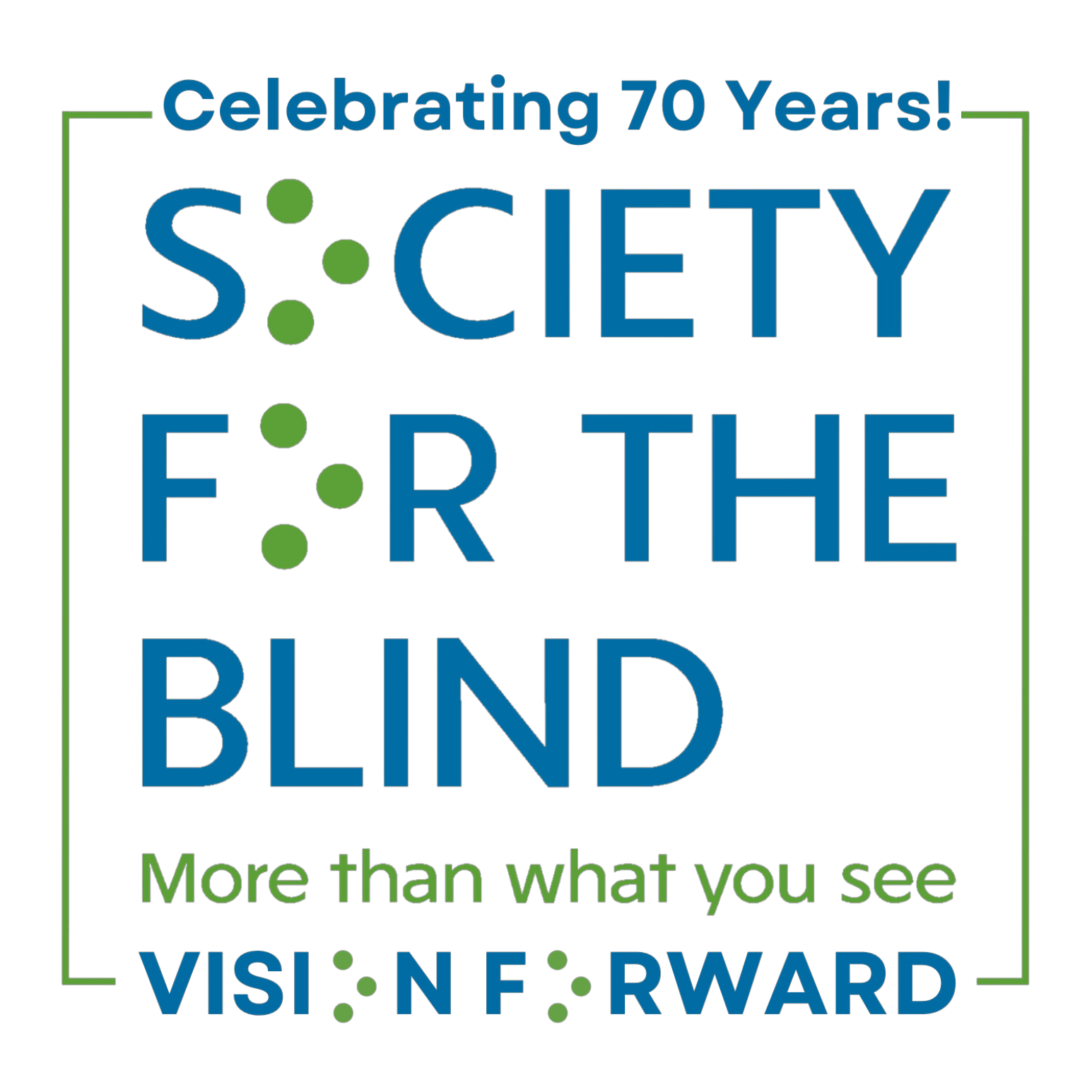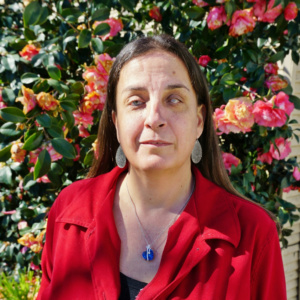Why Braille Matters: Meet Jill Guilbeau
When Jill Guilbeau first enrolled in the Assistive Technology class at Society for the Blind, she had no idea that she would eventually be an instructor there herself.
“Everyone at Society for the Blind was so friendly and very helpful, and I got so much out of that course,” Jill said. “After I graduated, I offered to volunteer to teach Braille, because I used to teach it to children.”
Jill volunteered for three months before taking a short break. When Society for the Blind asked for her help as a volunteer again, she was excited to come back. And one week later, they hired Jill as their full-time Braille instructor.
Braille is a system of raised dots that can be read with the fingers, and it’s been a vital aspect of Jill’s life since she was young. Jill had low-vision as a child and could read large print books, however her mother advocated strongly for Jill to become literate in Braille. As Jill grew older, and she eventually lost her sight, Braille became the key to her professional and personal success.
“It’s why I’m such a huge advocate for Braille literacy,” Jill said. “I want my students to be able to read, spell and be literate. Reading is power! And it’s absolutely necessary for achieving their goals.”
For the past two and a half years, Jill has been teaching full-time Braille classes at Society for the Blind to adults of all ages. Each class has no more than four students, because each student is receiving personal, hands-on instruction from Jill throughout the class. Using the bumps on Lego pieces, her students begin to learn the pattern and rhythm of the raised bumps that form each letter in the alphabet. From there, using everything from books to Rubik’s cubes, her students can start to make sense of the specific dot formations.
Recently, Society for the Blind received a donation of tactile games, which Jill uses to engage her students in different ways of learning. Games like Scrabble and Uno encourage play and creativity while strengthening their other senses.
Out in the community, Jill takes her students to restaurants to read menus written in Braille, as well as to bus stops and the Light Rail. Her students learn how to use Braille to label things in their daily lives (such as household items or monthly bills) so they can retain their independence.
Braille is one of the four main components of Society for the Blind’s Core Curriculum classes, which also include Orientation & Mobility, Assistive Technology, and Independent Living Skills. And Jill believes the staff is a key ingredient to each student’s success. “We work so well together,” she said. “Each staff member here truly cares about their students. It helps when you all love what you do!”
And at the end of each session, Jill’s students have an inspiring graduation ceremony – where they’re able to share the changes they’ve gone through during their time at Society for the Blind.
“You see students come in mad or frustrated,” Jill said. “They feel totally alone, because they’ve been told they can’t do anything. They’ve been told they can’t achieve anything. But then they come here, to Society for the Blind, and we’re able to give them a different perspective. Suddenly, they’re graduating with confidence and have a brand-new outlook on life. And that’s why I do this job.”

